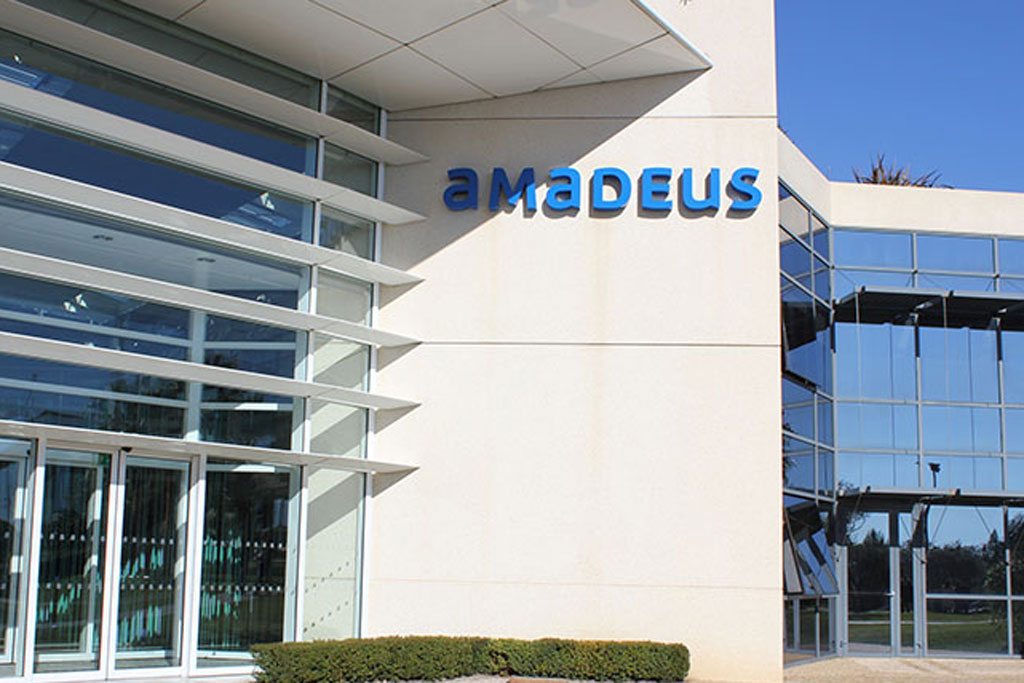Amadeus Revs Up Spending for Product Development

Skift Take
Amadeus is spending more heavily on R&D than its competitors, which it is betting augurs well for its future.
Amadeus, the world's largest enterprise travel technology company, has long invested in research and development. But a glance at its third quarter earnings shows the company doubling down on that effort.
The Madrid-based company spent $254.7 million, or €221.8 million, on research and development during the quarter ended September 30. That was a 20.6 percent jump, year-over-year.
The rise in tech investment didn't hit the company's profitability too hard. The company's profit for the period was $299 million, or €261.2 million — up 6 percent from a year ago.
In the third-quarter, Amadeus generated revenue of $1.38 billion, or €1.206 billion, up 5.5 percent from the same period a year earlier.
Research and development investment amounted to 18.4 percent of revenue.
Amadeus's research and development spending was also relatively high for tech companies generally. As a rough benchmark, Amazon, Microsoft, and Salesforce have averaged between 10 and 14 percent of total revenue for annual research and development expenditures recently.
During a call with investors on Wednesday, Amadeus's management noted that the research and development spending was within the guidance they provided as a forecast for the year.
A hiring spree is one related cost. Between January and September, Amadeus boosted its headcount of full-time permanent staff and contractors, primarily software engineers, by 7 percent.
Executives said their hiring was primarily for research and development projects. One note: The company's headcount growth doesn't reflect its acquisition of TravelClick, a hotel technology company. That acquisition didn't close until October.
Ongoing Project

